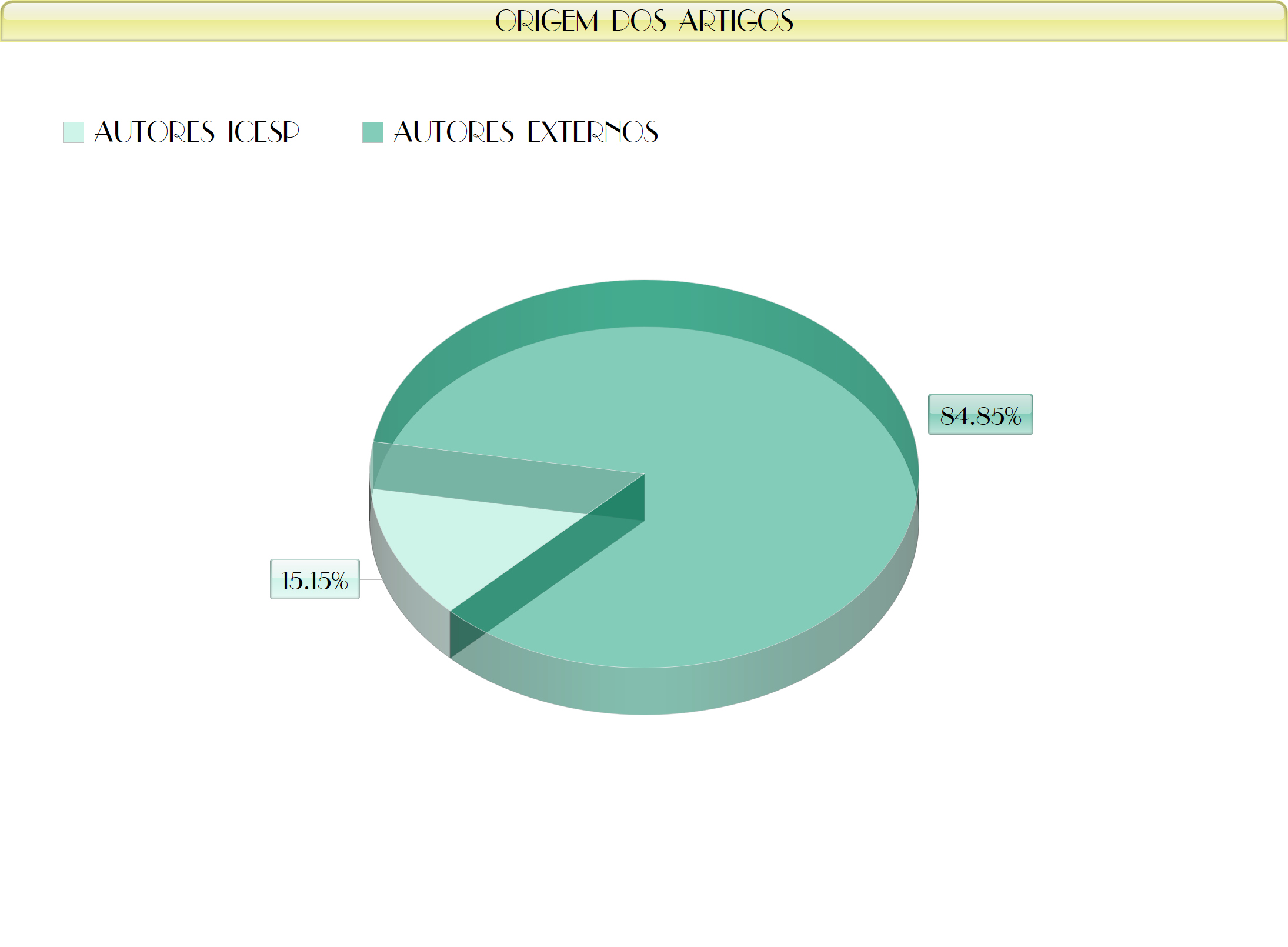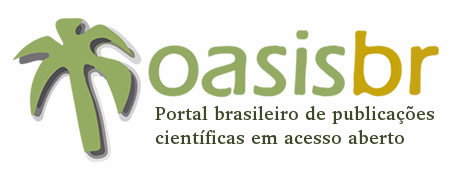PREVALÊNCIA DE LESÕES EM CORREDORES DE RUA AMADORES
Resumo
Resumo
Objetivo: Nos últimos anos, a participação das pessoas nas corridas de rua tem aumentado significativamente, devido aos benefícios físicos proporcionados por essa prática. No entanto, tais praticantes estão expostos a lesões físicas, particularmente se os exercícios forem realizados de maneira exaustiva, sem orientação técnica apropriada ou de forma inadequada. Deste modo, o objetivo do presente estudo foi investigar a prevalência de lesões em corredores de rua amadores. Métodos: A população investigada foi composta por 139 corredores de rua amadores. Foram coletados os dados referentes ao perfil e à prevalência de lesões através de um questionário estruturado. Para caracterização da amostra e apresentação dos dados, utilizou-se análise estatística descritiva. Foi realizado o teste qui-quadrado (χ2) para comparação entre as proporções. O nível de significância adotado foi de p < 0,05. Resultados: Os resultados mostraram que 37% dos corredores já apresentaram lesões e 63% não as apresentaram, no entanto, a frequência de lesões nos corredores com menos de 1 ano de prática foi de 79,6% (p = 0,009). As lesões de maior prevalência nos corredores são: tendinites e canelites; e os locais anatômicos mais acometidos são: joelho e face anterior da perna, ambos tendo valores estatisticamente significativos (p = 0,001). Conclusões: A prevalência de lesões em corredores amadores é considerável, apesar de ter sido relatada por menos da metade dos participantes. O tempo de prática parece influenciar na frequência das lesões e deve-se ter cautela especialmente no primeiro ano de treino, para que a corrida seja realizada de forma segura.
Palavras-chave: lesões; corredores recreacionais; corrida de rua.
Abstract
Introduction: In recent years, the participation of people in street racing has increased significantly due to physical benefits provided by this practice. However, these practitioners are exposed to physical injuries, especially if the exercises are performed exhaustively, without proper technical guidance or inappropriately. Objective: Investigate the prevalence of injuries in amateur street runners. Methods: The population studied was composed of 139 amateur street runners. We collected data on the profile and the prevalence of injuries through a structured questionnaire. The significance level was adopted at p < 0.05. Results: The results showed that 37% of the runners have had lesions and 63% did not present them, however, the frequency of injury to corridors under 1 year of activity was 79.6% (p = 0.009). The highest prevalence of injuries in runners are: tendinitis and shin splints; and the most affected anatomic sites are: knee and anterior leg surface, both having statistically significant value (p = 0.001). Conclusion: The prevalence of injuries in amateur runners is considerable, although it has been reported by less than half of the participants. The practice time seems to influence the frequency of the lesions and should be cautious especially in the first years of training, so that the race is held securely.
Keywords: injuries; recreational runners; street race
figshare DOI: 10.6084/m9.figshare.9788855
Palavras-chave
Texto completo:
PDFReferências
Araujo MKd, Baeza RM, Zalada SRB, Alves PBR, Mattos CAd. Injuries among amateur runners. Rev. Bras. Ort.. 2015;50(5):537-40.
Bennell KL, Crossley K. Musculoskeletal injuries in track and field: incidence, distribution and risk factors. Aust. J. Sci. Med. Sport. 1996;28(3):69-75.
Feitoza JE, Junior JM. Lesões desportivas decorrentes da prática do atletismo. Rev. Educ. Fís. 2008;11(1):139- 47.
Ferreira AC, Dias JMC, Fernandes RdM, Sabino GS, Anjos MTSd, Felício DC. Prevalência e fatores associados a lesões em corredores amadores de rua do município de Belo Horizonte, MG. Rev. Bras. Med. Esporte. 2012;18(4):252-5.
Haskell WL, Lee IM, Pate RR, Powell KE, Blair SN, Franklin BA, et al. Physical activity and public health: updated recommendation for adults from the American College of Sports Medicine and the American Heart Association. Med. Sci. Sports Exerc. 2007;39(8):1423-34.
Hino AAF, Reis RS, Rodriguez-Añez CR, Fermino RC. Prevalência de lesões em corredores de rua e fatores associados. Rev. Bras. Med. Esporte. 2009;15(1):36-9.
Hintermann B, Nigg BM. Pronation in runners. Implications for injuries. Sports Med. 1998;26(3):169- 76.
Marti B, Vader JP, Minder CE, Abelin T. On the epidemiology of running injuries. The 1984 Bern Grand-Prix study. Am. J. Sports Med. 1988;16(3):285- 94.
Marti B. Health effects of recreational running in women. Some epidemiological and preventive aspects. Sports Med 1991;11(1): 20-51.
McGinnis PM. Biomecânica do esporte e do exercício- 3: Artmed Editora; 2015.
McKean KA, Manson NA, Stanish WD. Musculoskeletal injury in the masters runners. Clin. J. Sport Med. 2006;16(2):149-54.
Middelkoop M, Kolkman J, Ochten J, Bierna Zeinstra SM, Koes BW. Course and predicting factors of lower extremity injuries after running a marathon. Clin J Sport Med 2007;17(1): 25-30.
Milner CE, Ferber R, Pollard CD, Hamill J, Davis IS. Biomechanical factors associated with tibial stress fracture in female runners. Med. Sci. Sports Exerc. 2006;38(2):323.
Novacheck TF. The biomechanics of running. Gait & Posture. 1998;7(1):77-95.
Paluska SA. An overview of hip injuries in running. Sports Med. 2005;35(11):991-1014.
Pedersen BK, Saltin B. Evidence for prescribing exercise as therapy in chronic disease. Scand. J. Med. Sci. Sports. 2006;16 Suppl 1:3-63.
Salgado JVV, Chacon-Mikahil M. Corrida de rua: análise do crescimento do número de provas e de praticantes. Rev. Conexões. 2006;4(1):90-9.
Salomão O, Carvalho Jr A, Fernandes TD, Traldi F, IH CN. Lesões tendíneas no pé e no tornozelo do esportista. Rev. Bras. Ortop. 1993;28(10):731-6.
Stovitz SD, Coetzee JC. Hyperpronation and foot pain: steps toward pain-free feet. Phys. Sports Med. 2004;32(8):19-26.
Van Gent BR, Siem DD, van Middelkoop M, van Os TA, Bierma-Zeinstra SS, Koes BB. Incidence and determinants of lower extremity running injuries in long distance runners: a systematic review. British J. Sports Med. 2007.
Wallensten R. Results of fasciotomy in patients with medial tibial syndrome or chronic anteriorcompartment syndrome. J. Bone Joint Surg. Am. 1983;65(9):1252-5.
Williams PT. Relationship of distance running per week to coronary heart disease risk factors in 8283 male runners. The National Runners’ Health Study. Arch Intern Med 1997;157 (2): 153-4.
Whiting WC. Biomecânica da lesão musculoesquelética. Guanabara KOOGAN, 2001.
Apontamentos
- Não há apontamentos.
Revista Brasileira de Pesquisa em Ciências da Saúde - RBPeCS - ISSN: 2446-5577
Indexadores:













